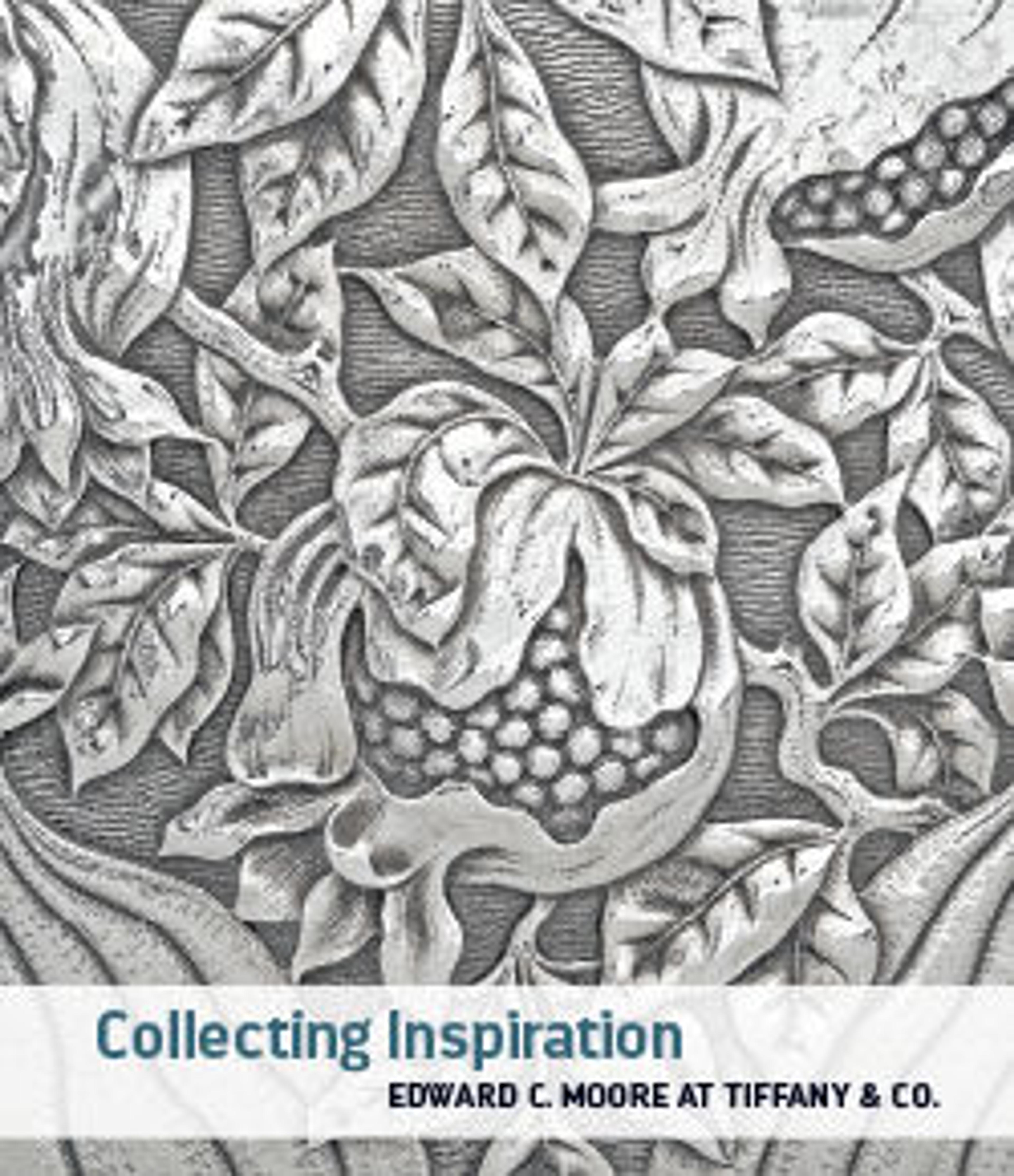Glass amphoriskos (perfume flask)
Translucent, slightly streaky purple, with handles in colorless glass with a smoky green tinge.
Misshapen tubular rim, folded out, over, and in, forming irregular flaring mouth; cylindrical neck; very narrow horizontal shoulder; ovoid body; cylindrical base, with flat but uneven bottom; two small rod handle attached in a claw pad to top of body, drawn up, round, and in, and trailed onto upper part of neck. One prominent continuous mold seam down neck, around body, and across bottom.
On body, frieze of twenty-two downturned rounded ribs on upper body and twenty-eight upturned rounded ribs on lower body, joined by a central band of tendril scrolls bordered above and below by two horizontal raised lines.
Intact; some bubbles; faint iridescence on exterior, some weathering and iridescence on interior.
Misshapen tubular rim, folded out, over, and in, forming irregular flaring mouth; cylindrical neck; very narrow horizontal shoulder; ovoid body; cylindrical base, with flat but uneven bottom; two small rod handle attached in a claw pad to top of body, drawn up, round, and in, and trailed onto upper part of neck. One prominent continuous mold seam down neck, around body, and across bottom.
On body, frieze of twenty-two downturned rounded ribs on upper body and twenty-eight upturned rounded ribs on lower body, joined by a central band of tendril scrolls bordered above and below by two horizontal raised lines.
Intact; some bubbles; faint iridescence on exterior, some weathering and iridescence on interior.
Artwork Details
- Title:Glass amphoriskos (perfume flask)
- Period:Early Imperial
- Date:1st century CE
- Culture:Roman, Syrian
- Medium:Glass; blown in a two-part mold
- Dimensions:Height: 2 11/16 in. (6.7 cm)
Diameter: 1 7/16 in. (3.7 cm)
Width (with handles): 15/16 in. (2.4 × 0.4 cm) - Classification:Glass
- Credit Line:Edward C. Moore Collection, Bequest of Edward C. Moore, 1891
- Object Number:91.1.1250
- Curatorial Department: Greek and Roman Art
More Artwork
Research Resources
The Met provides unparalleled resources for research and welcomes an international community of students and scholars. The Met's Open Access API is where creators and researchers can connect to the The Met collection. Open Access data and public domain images are available for unrestricted commercial and noncommercial use without permission or fee.
To request images under copyright and other restrictions, please use this Image Request form.
Feedback
We continue to research and examine historical and cultural context for objects in The Met collection. If you have comments or questions about this object record, please contact us using the form below. The Museum looks forward to receiving your comments.
